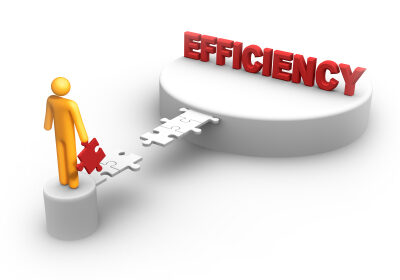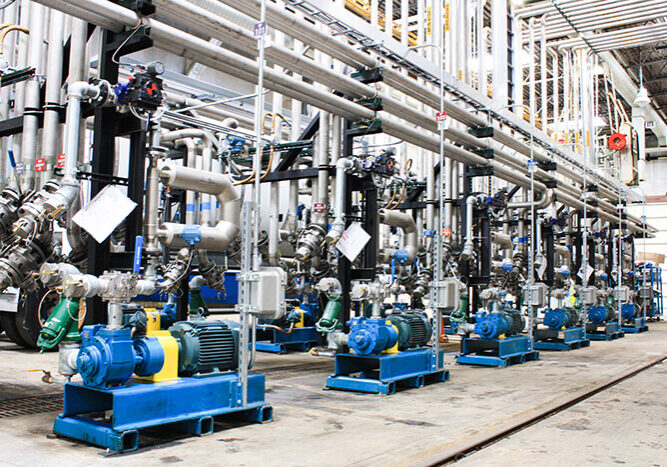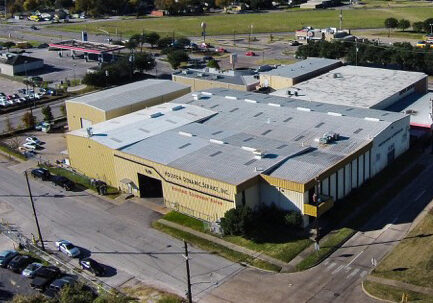Leveling Up: Upgrading Your Equipment to Unlock Its Full Potential

With the Department of Energy currently developing new pump efficiency standards – which will go into effect in 2016 – efficiency is a trending topic for many who want to know how these new pumping systems can add to their bottom line.
Efficiency Management: +50 Energy
Pumping systems are enormously important to plant operations. In this environment, pumping systems operate far longer and under harsher conditions than other facilities equipment. Obviously, the first thing you will notice with a more efficient pumping system is the decrease in energy consumption. Electrical costs represent a whopping 27% of energy use in manufacturing facilities! If you upgrade to a better system, you can save more than 50% in future energy costs. Older pumping systems tend to be inefficient due to a mismatch in system requirements and the pump, and/or using incorrect restriction flow elements and throttling valves to control volume and pressure of liquids. One of the ways you can improve your total system performance is by assessing the system as a whole. The following is a guideline of steps you can take to analyze how the components of your system interact:
- Determine your baseline operating parameters and conditions
- Figure out your current and future production needs
- Develop load duty cycles
- Check out different designs and how they help improve process production
- Look at all of your subsystems and determine which is the best economical and technical option
- Time to implement that option
- Continue monitoring and optimizing the system in respect to energy consumption and performance
- Adhere to a maintenance schedule to keep your system operating at peak performance
When deciding on a newer pumping system, keep in mind that future systems will have improved designs to allow for enhanced speed regulation and flow control; as well as abide by to the new Department of Energy guidelines.
Maintenance Schedule: +10 Longevity
Your system’s performance is directly tied to it efficiency and reliability. Observing a regular maintenance schedule will have a positive impact on both your pump’s operating lifetime and energy costs. Machinery that is not properly aligned and lubricated will cause critical failure along other subsystems and can lead to breakdowns, unplanned downtime, and costly workplace injuries. You have three approaches to make your facilities maintenance cost effective: preventative maintenance, condition-based maintenance, and corrective maintenance. Of the three types, predictive maintenance is the most cost-effective approach as it provides ongoing systems monitoring and can detect when systems are beginning to deteriorate and address issues before major operations failure occurs. Preventative maintenance is the second most cost-effective option. This is your preplanned maintenance routine where technicians perform a systematic assessment and detect any potential failures. Your OEM manual determines when parts should be serviced or replaced. Now, the costliest of these types is the corrective maintenance. This form of system maintenance is performed when a problem or fault occurs and you take corrective measures to restore your equipment back to its original operating parameters. Because these are unplanned and impossible to prevent, they are usually a major operating failure that leads to costlier repairs because the damaged parts may need to be completely replaced (as opposed to just lubricated or realigned in predictive and preventative maintenances). Maintenance is a key component to helping your equipment run efficiently and reliably.
The Bottom-Line Advantage: +5 Wisdom
An efficient pumping system will become the new standard in plant operations as facility managers look to keep costs down. Though efficiency has not been a primary focus, recently energy utilization has become part of the business metric. Operations managers know that energy efficient measures add up to real savings over the lifetime of your equipment by increasing process production and longevity.
Share this post:



